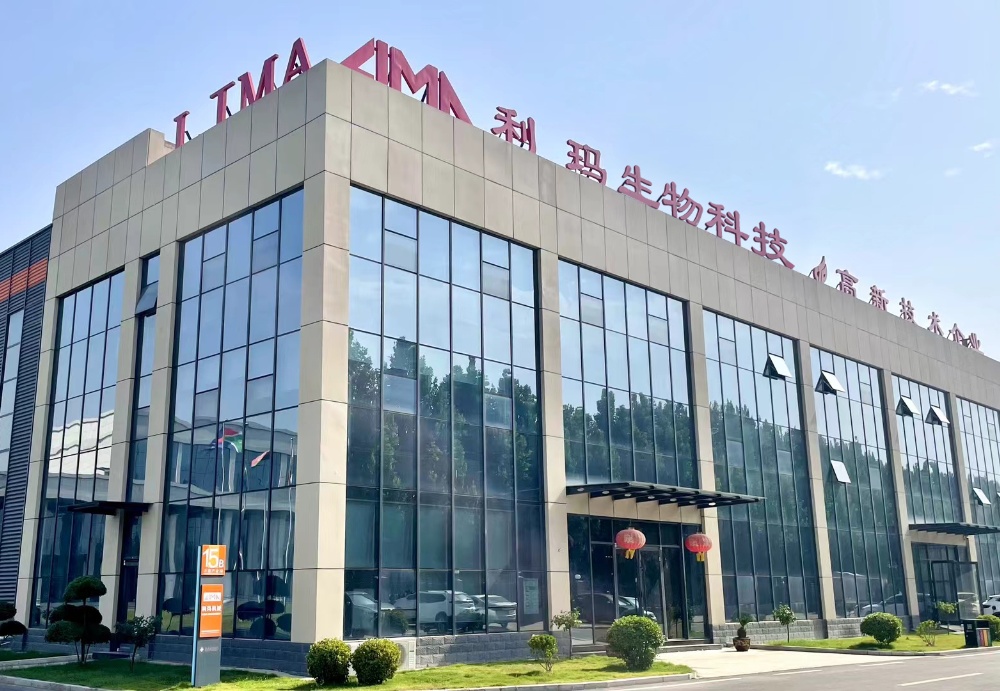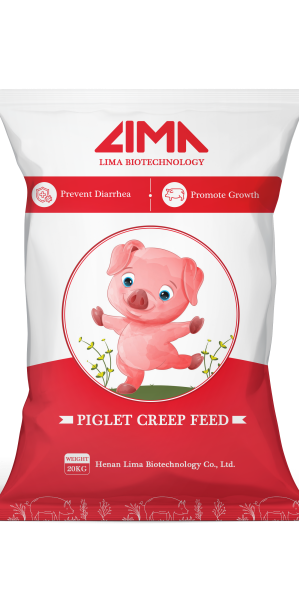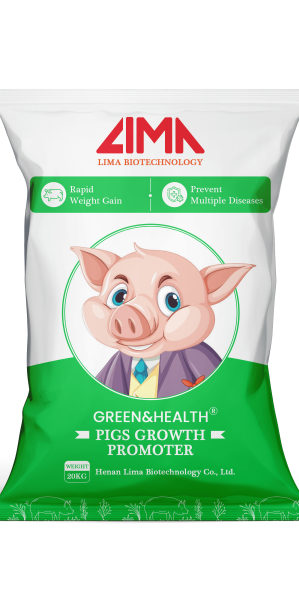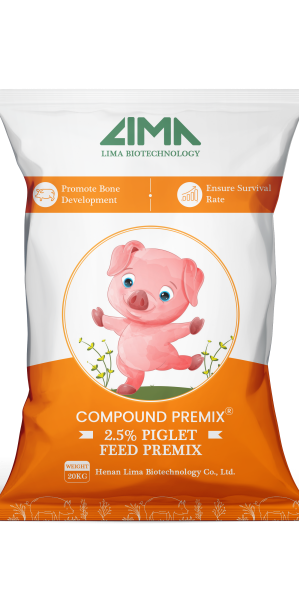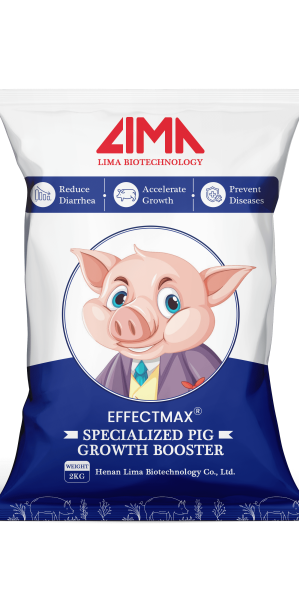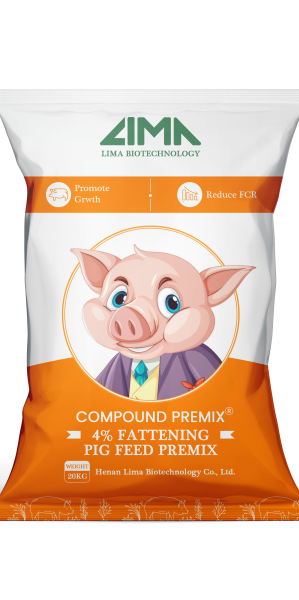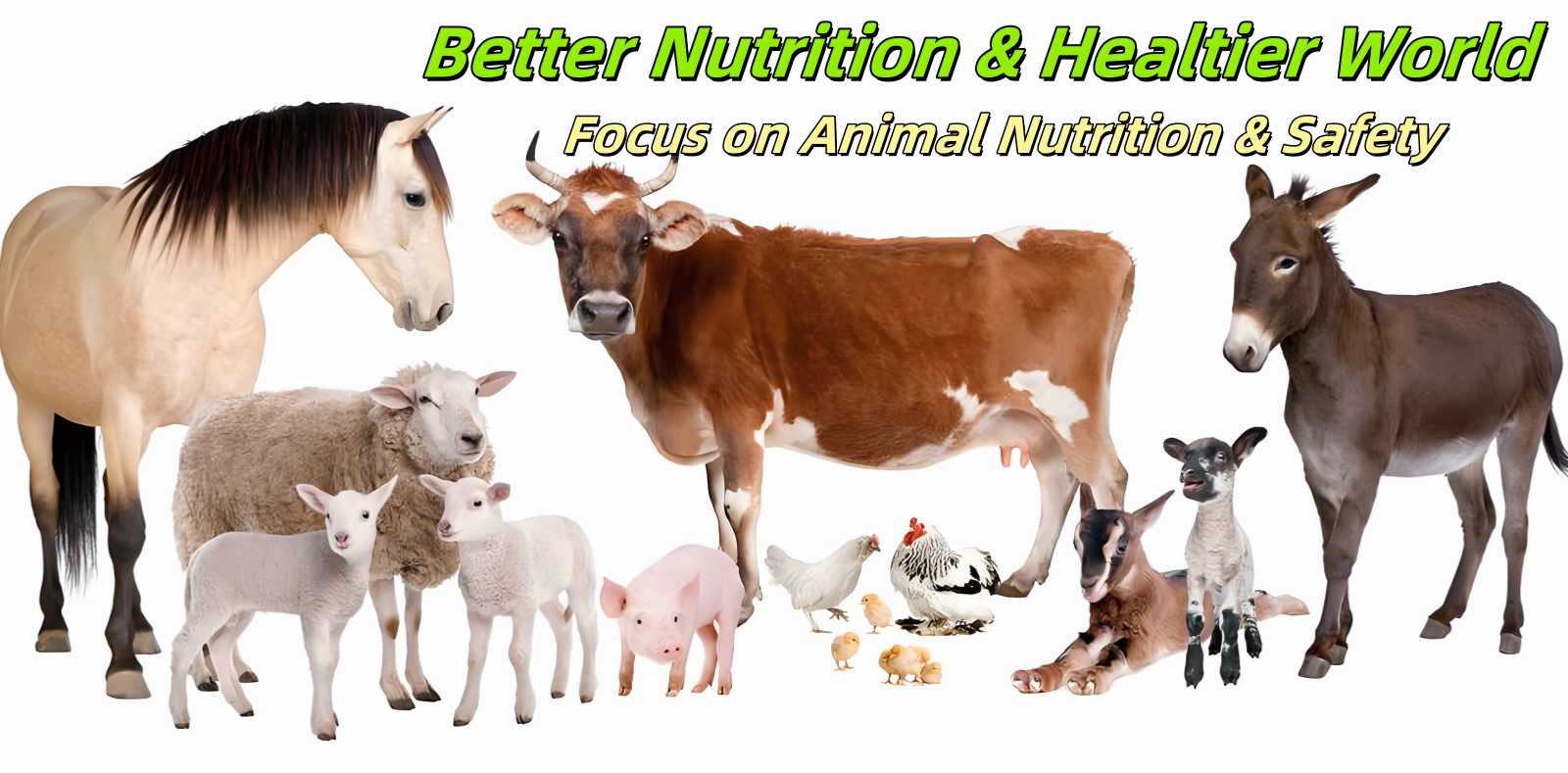1. The Current State of Global Pig Farming
The global swine industry is a dynamic and complex sector, characterized by both significant opportunities and formidable challenges. The industry is not merely about raising animals; it is a sophisticated production system influenced by fluctuating market forces, stringent regulatory environments, and evolving consumer preferences.
The modern pig farmer must navigate a delicate balance between maximizing productivity and ensuring animal welfare, all while maintaining economic viability in a competitive global market.
1.1 Market Dynamics and Rising Production Costs
The global market for pork remains one of the largest and most consumed meat proteins worldwide.However, the industry is also subject to intense competition and price volatility.
The rising costs of key inputs, particularly feed, represent one of the most significant pressures on profitability. Feed typically accounts for the largest portion of a pig farm's operational expenses, and fluctuations in the prices of corn, soybean meal, and other essential ingredients can dramatically impact the bottom line .
Furthermore, the industry has seen a dramatic shift towards large-scale, vertically integrated operations or highly specialized farms, which has raised the overall level of automation and efficiency, creating a high bar for new or smaller-scale producers to compete . This trend towards consolidation means that beginners must be exceptionally strategic in their planning, focusing on niche markets, operational efficiency, and value-added products to carve out a profitable space.
1.2 Maximizing Growth While Minimizing Risks
At the heart of every pig farming business plan is a central challenge: how to maximize the growth and health of the herd while simultaneously minimizing the associated risks and costs. It is not simply about feeding pigs and waiting for them to grow; it is about optimizing every stage of the production cycle to achieve the highest possible output with the lowest possible input.
1.2.1 Inefficient Feed Conversion and Rising Feed Prices
The single greatest expense for most pig farmers, especially those raising pigs on pasture, is the cost of feed.The efficiency with which pigs convert this feed into body weight, known as the Feed Conversion Ratio (FCR) , is a critical determinant of profitability.An inefficient FCR means that more feed is required to produce each kilogram of weight gain, directly increasing costs and eroding profit margins. This problem is exacerbated by the rising global prices of feed ingredients like corn and soybeans .
Many conventional feeds, while providing energy, are often deficient in essential amino acids like lysine, which is crucial for muscle development and growth . This nutritional gap forces farmers to either purchase more expensive, complete feeds or supplement with additional protein sources, further increasing costs.The search for solutions that can "turn on the accelerator button" for pig growth while improving feed utilization is a constant pursuit for farmers aiming to remain competitive.
1.2.2 High Incidence of Disease and Mortality
Disease outbreaks are a constant threat in pig farming, capable of causing devastating economic losses through high mortality rates, reduced growth performance, and increased veterinary costs.Newly weaned piglets are particularly vulnerable, as the stress of weaning can compromise their developing immune systems, leading to a high incidence of post-weaning diarrhea and other gastrointestinal disorders.
Historically, producers have relied on antibiotics and high levels of zinc oxide to prevent these issues. However, the growing problem of antibiotic resistance and increasing regulatory restrictions on the use of these substances, such as the EU's ban on medical zinc oxide.
Therefore, a key challenge for modern pig farmers is to implement effective health management and biosecurity protocols that can reduce disease incidence and mortality without relying on traditional, and increasingly restricted, antimicrobial agents.
1.2.3 Pressure for Sustainable and Antibiotic-Free Production
Consumer preferences are shifting dramatically towards food products that are perceived as natural, healthy, and ethically produced. In the pork industry, this translates into a growing demand for meat from animals raised without the use of antibiotics, hormones, or steroids . Market research indicates that over 60% of consumers now prioritize "antibiotic-free" and "naturally raised" pork when making purchasing decisions.
However, producing pork without the "safety net" of antibiotics requires a more sophisticated and holistic approach to animal management. This pressure for green and sustainable farming practices is reshaping the industry, compelling beginners to build their business plans around principles of natural and responsible production from the outset.
2. A Strategic Approach to Modern Pig Farming
Today's successful farmers are those who adopt a holistic and integrated approach to production. This involves meticulous planning across all facets of the operation, from the initial setup of the farm to the daily management of the herd. It is no longer sufficient to simply follow traditional methods.
2.1 Foundational Elements of a Successful Business Plan
For a pig farming operation, this document should be a detailed blueprint that covers every aspect of the business, from conception to market. It should begin with an executive summary that clearly outlines the business's mission, objectives, and unique value proposition .This is followed by in-depth sections on the operational, financial, and marketing strategies. Key components include a thorough analysis of the target market and competition, a detailed description of the products offered (e.g., market stock, breeding stock, specific cuts of meat), and a clear pricing strategy.
The plan must also include a detailed financial forecast, projecting startup costs, operational expenses, revenue, and profitability over a multi-year period.This financial analysis is crucial for securing funding from investors or financial institutions. Furthermore, the plan should outline the management team's expertise and experience, as this is a critical factor in the success of the venture.
2.1.1 Farm Location and Infrastructure
The ideal location should have access to reliable utilities, including water and electricity, and be situated in an area with a suitable climate and access to feed suppliers and target markets . The farm layout must be designed to facilitate efficient workflow, with separate zones for different activities such as breeding, farrowing, nursery, and finishing. Proper ventilation, waste management systems, and temperature control are essential for maintaining animal health and welfare. The construction or renovation of facilities, including barns, pens, and feed storage areas, represents a significant capital investment that must be carefully planned and budgeted.
2.1.2 Breeding Stock Selection and Management
The selection of high-quality breeding stock is therefore a crucial decision for any beginner. The choice of breed will depend on the farm's specific production goals. For example, a farmer might choose Berkshire pigs for their high-quality meat or Landrace pigs for their suitability for bacon and pork chop production. It is essential to source breeding stock from reputable suppliers who can provide animals with a known health status and strong genetic traits for growth, fertility, and disease resistance. Once the breeding stock is acquired, a comprehensive management program must be implemented. This includes proper nutrition, vaccination protocols, and meticulous record-keeping to track breeding performance, litter sizes, and the health of both sows and piglets.
2.1.3 Nutrition and Feeding Programs
The nutritional requirements of pigs vary significantly depending on their age, weight, and physiological state (e.g., gestation, lactation) .
A successful feeding program must provide a balanced diet that meets all of the animal's needs for energy, protein (including essential amino acids like lysine), vitamins, and minerals . The quality of the feed is paramount; it should be fresh, palatable, and free from contaminants like mycotoxins .
The feeding strategy should also be designed to maximize feed efficiency, as this has a direct impact on the farm's profitability. This may involve using high-quality protein sources like soybean meal, grinding grains to an optimal particle size to improve digestibility, and incorporating advanced feed additives that can enhance nutrient absorption and gut health.
2.2 The Role of Advanced Nutrition in Overcoming Key Challenges
In the face of rising production costs, disease pressures, and evolving consumer demands, advanced nutrition has emerged as a powerful tool for modern pig farmers. It is no longer just about providing basic sustenance; it is about strategically using feed and feed additives to unlock the genetic potential of the herd, enhance animal well-being, and improve the overall efficiency and sustainability of the operation. By moving beyond conventional feeding practices and embracing a more sophisticated approach to nutrition, farmers can directly address the core challenges that threaten their profitability. This involves a shift towards using natural, science-backed feed additives that can deliver measurable improvements in key performance indicators.
2.2.1 Enhancing Feed Efficiency for Better ROI
A lower Feed Conversion Ratio (FCR) means that less feed is needed to produce a kilogram of weight gain, which translates directly into lower production costs and higher profits. Advanced nutrition strategies can significantly improve FCR through several mechanisms.esearch has shown that the use of certain feed additives can lead to a reduction in feed consumption by as much as 6-8% while still achieving superior weight gain.
2.2.2 Meeting Consumer Demand for Natural and Healthy Pork
Advanced nutrition is the key to meeting this demand without compromising on performance. By using natural feed additives derived from sources like herbs, probiotics, and organic minerals, farmers can produce high-quality, healthy pork that aligns with consumer preferences.
For example, plant extracts can improve the flavor of the pork, while organic minerals like selenium can improve meat quality by reducing the occurrence of pale, soft, exudative (PSE) pork.This strategic alignment with consumer trends is a crucial element of a future-proof business plan.
3. Introducing Lima Biotech®: Your Partner in Advanced Swine Nutrition
In the quest for a more profitable, sustainable, and efficient pig farming operation, the choice of a nutritional partner is a decision of paramount importance. Lima Biotech® emerges as a leading innovator in the field of advanced swine nutrition, offering a range of natural, science-backed solutions designed to address the core challenges faced by modern pig farmers. With a deep understanding of the physiological needs of pigs and a commitment to green and sustainable farming practices, Lima Biotech® has developed a flagship product line, Pig growth Booster, that is engineered to unlock the full genetic potential of the herd.
3.1 Natural Ingredients for Superior Performance
The core philosophy of Lima Biotech® is centered on harnessing the power of nature to deliver superior performance in pig farming. Pig growth Booster is meticulously formulated using a multidimensional compound of natural ingredients, including probiotics, amino acids, vitamins, and minerals, all of which are carefully selected and combined in scientifically determined ratios . This commitment to natural, antibiotic-free formulations ensures that the products are not only effective in promoting growth and health but also align with the growing consumer demand for safe and sustainable food production.
3.1.1 Core Components of the Pig growth Booster Formula
The efficacy of the Lima Biotech® Pig growth promoter formula lies in its synergistic blend of four core natural feed additives, each chosen for its specific role in promoting optimal pig health and performance. This multi-pronged approach ensures that the product addresses the key areas of gut health, immunity, nutrient utilization, and overall metabolic function.
3.1.2 ermentation and Micro-ecological Balance
The effectiveness of the Lima Biotech® Pig growth Booster formula is not just a result of its high-quality ingredients, but also the advanced scientific processes used in its production. The company employs a new and innovative fermentation process to create its products, which ensures the high activity and stability of the probiotic components . This process involves strict control over key parameters such as temperature, humidity, and duration, which guarantees a high live bacteria count of 10-20 billion CFU/g, preventing the inactivation that can occur with outdated manufacturing methods .
The action principle of the formula is based on the concept of micro-ecological balance. The digestive tract of a healthy animal is home to a complex and balanced community of microorganisms. The Pig growth Booster formula works by introducing a rich source of beneficial probiotics and their metabolites, which helps to maintain this delicate balance, suppress pathogens, and promote the absorption of nutrients .
This scientific approach, which combines advanced fermentation technology with a deep understanding of animal physiology, is what sets Lima Biotech® apart and allows its products to deliver such consistent and impressive results.
3.2 Quantifiable Improvements in Pig Performance
The true measure of any feed additive lies in its ability to deliver tangible, quantifiable improvements in animal performance. Lima Biotech®'s Pig growth enhancer formula has been extensively tested and has consistently demonstrated its ability to produce significant and measurable results across a range of key performance indicators.
3.2.1 Accelerated Growth and Increased Weight Gain
One of the most significant benefits of the Lima Biotech® Pig growth accelerator formula is its ability to dramatically accelerate the growth of pigs, allowing them to reach market weight faster and with more overall weight gain. This is achieved through the synergistic action of the product's natural ingredients, which optimize digestion, enhance nutrient absorption, and boost metabolic function. The results are not marginal; they are substantial improvements that can have a major impact on the farm's bottom line. By reducing the time it takes to bring a pig to market, farmers can increase the number of production cycles per year, thereby increasing their overall output and revenue.
3.2.2 Enhanced Feed Efficiency and Cost Reduction
ln addition to accelerating growth, the Lima Biotech® Pig growth promoter formula is highly effective at improving feed efficiency, which is a critical factor in controlling production costs. By enhancing the pig's ability to digest and absorb nutrients from its feed, the product ensures that a greater proportion of the feed is converted into body weight, rather than being wasted. This improved efficiency not only reduces the amount of feed required to achieve a given weight gain but also helps to mitigate the impact of fluctuating feed prices. The result is a lower Feed Conversion Ratio (FCR) and a direct reduction in the farm's largest operational expense.
4. Integrating Lima Biotech® into Your Business Model
The versatility and proven efficacy of Lima Biotech®'s Pig growth accelerator formula make it an invaluable asset for a wide range of stakeholders in the swine industry. Whether you are a large-scale farm owner looking to optimize your operation, a feed mill aiming to develop a premium product line, or a distributor seeking a high-demand, results-driven solution, integrating Lima Biotech® into your business model offers a clear path to enhanced profitability and customer satisfaction. The product's natural composition and scientifically validated performance data provide a strong foundation for building a competitive advantage in a market that increasingly values sustainability and efficiency.
4.1 For Large and Medium-Sized Farm Owners
For farm owners, the primary goal is to maximize operational efficiency and profitability. Lima Biotech® provides a direct and measurable way to achieve this by improving the core metrics of pig production. The integration of Pig growth Booster into daily feed rations is a straightforward process that yields significant returns, both in the short and long term. By focusing on tangible improvements in growth, feed conversion, and animal health, farm owners can build a more resilient and profitable enterprise that is better equipped to handle market volatility and rising input costs.
4.2 For Feed Mills and Premix Manufacturers
For feed mills and premix manufacturers, the goal is to create high-quality, competitive products that meet the evolving needs of their customers. By incorporating Lima Biotech®'s Pig growth enhancer formula into their product lines, manufacturers can develop premium offerings that deliver superior performance and align with the growing demand for natural and sustainable feed solutions. This strategic partnership allows feed mills to differentiate themselves in a crowded market and build a reputation for innovation and quality.
4.3 For Feed Stores, Veterinary Clinics, and Distributors
For businesses that serve as the direct link to the end-user, such as feed stores, veterinary clinics, and specialized distributors, offering products that are in high demand and deliver on their promises is essential for success. Lima Biotech®'s Pig growth Booster formula is an ideal product for this channel, as it addresses the most pressing concerns of farmers and provides a solution that is both effective and easy to sell. By stocking and recommending Pig Growth Booster, these businesses can build trust with their customers and become known as a reliable source for cutting-edge agricultural solutions.
5. Conclusion: Building a Future-Proof Pig Farming Business
Embarking on a pig farming venture, whether as a beginner or an established player, requires a clear vision, a solid plan, and the right tools to navigate an increasingly complex industry. The challenges of rising costs, disease pressure, and shifting consumer demands are significant, but they are not insurmountable. By adopting a strategic approach that prioritizes efficiency, sustainability, and animal well-being, it is possible to build a thriving and profitable business. The key is to move beyond conventional practices and embrace innovative solutions that address the root causes of production inefficiencies.
- About Lima Biotech
- Careers-Lima Biotech
- Code of Conduct-Lima Biotech
- Conditions of Sale-Lima Biotech
- Contact-Lima Biotech
- Cookies Policy-Lima Biotech
- Find Agent-Lima Biotech
- Global Warehouses
- Investor Relations-Lima Biotech
- Legal Information-Lima Biotech
- Privacy Policy-Lima Biotech
- Success-Lima Biotech
- Sustainability-Lima Biotech
- World Class Manufacturing-Lima Biotech













